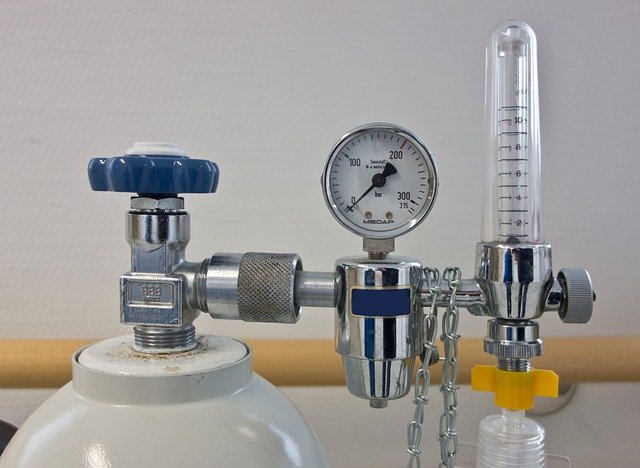The human body consists of 65% oxygen. It is the life-line gas, which is essential for the respiration process that transfers energy from glucose to cells. Every cell in our body needs oxygen. When we breathe air in, oxygen molecules enter the lungs and go through lung walls into our blood.
Various hospitals have had the issue of unavailability of liquid medical oxygen for the patients admitted there. It is required for those with symptoms of COVID and feeling difficulty in breathing.
What is liquid medical oxygen?
According to the Ministry of Health and Welfare, it is the high purity oxygen undertaken for medical treatment. It has been developed for the human body when in need of oxygen. Its oxygen is in a gaseous state at a particular room temperature due to its low melting and boiling points. Liquification permits storage in a larger volume with a flexible transportation process.
How is liquid medical oxygen produced?
There are many ways to produce LMO. The most simple production way is the separation of oxygen in Air Separation Units (ASUs). These are production plants that separate vast volumes of gases. ASUs use a method called the ‘Fractional Distillation Method’ to produce pure oxygen from atmospheric air, which comprises mainly nitrogen and oxygen – 78% nitrogen, 21% oxygen respectively, and the remaining 1%. Other gases include carbon dioxide, argon, neon, helium and hydrogen. In this process, atmospheric gases from the air get separated into different components after cooling them into a liquid state, and then liquid oxygen is taken out from it. Firstly, ambient air is cooled to -181°C, and oxygen liquefies at this step. Nitrogen remains in a gaseous state as the boiling point remains -196°C. As argon has a boiling point resembling that of oxygen (–186°C), and leads to a considerable amount of argon liquified along with oxygen. The mixture which comes out as an outcome of Oxygen and Argon is drained, decompressed and cleared through a second low-pressure distillation vessel for purification purposes. Ultimately, the output is purified liquid oxygen, which is then ferried by cryogenic containers.
What is the Pressure Swing Adsorption Technique?
Pressure Swing Adsorption Technique is another way to produce LMO. In this method, liquid oxygen is produced non-cryogenically through specific absorption. This method leverages the property that under greater pressure, gases tend to move towards solid surfaces. It results in higher pressure with more absorption of gas.
“If a gas mixture such as air is passed under pressure through a vessel containing an adsorbent bed of ‘zeolite’ that attracts nitrogen more strongly than oxygen, a part or all of the nitrogen will stay in bed, and the gas exiting the vessel will be richer in oxygen, relative to the mixture entering the vessel,” said the Union Health Ministry.
Hospitals can also prefer on-site generation of oxygen where oxygen gets produced from atmospheric air by concentrating it. Additionally, portable oxygen generators are known as ‘Oxygen Concentrators’ that can be set up at home.
Wise use of medical oxygen
The ministry of health and family welfare urged citizens to ensure judicious use of medical oxygen as it is an essential resource during a health crisis such as the COVID-19 pandemic. In a press conference, Director, AIIMS, Prof. Randeep Guleria, said, “Judicious use of oxygen is the need of the hour. Misuse of oxygen cylinders is a serious matter of concern these days. A few people stock Oxygen Cylinders at home, fearing that they may need them later. This is not advisable.”
He stated that if a patient’s oxygen saturation level is 94% or above, it still means there is adequate oxygen in their body. These individuals’ use of medical oxygen can lead to insufficiency with people who lack saturation levels well below 90% or 80%. He further added that even oxygen saturation levels of 92 or 93 should not be comprehended critical; instead, this level is only a bar that makes any patient reach the hospital timely.




